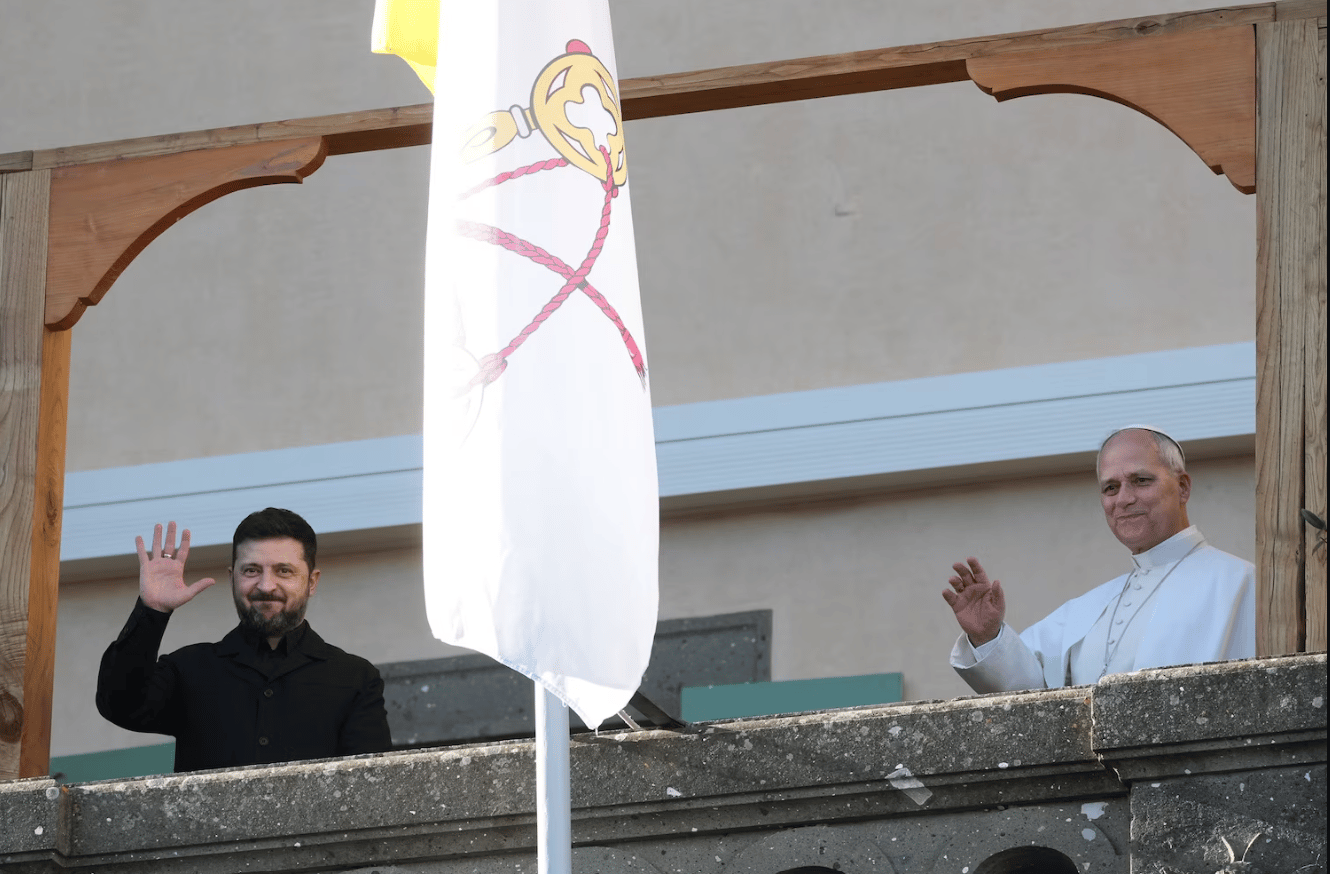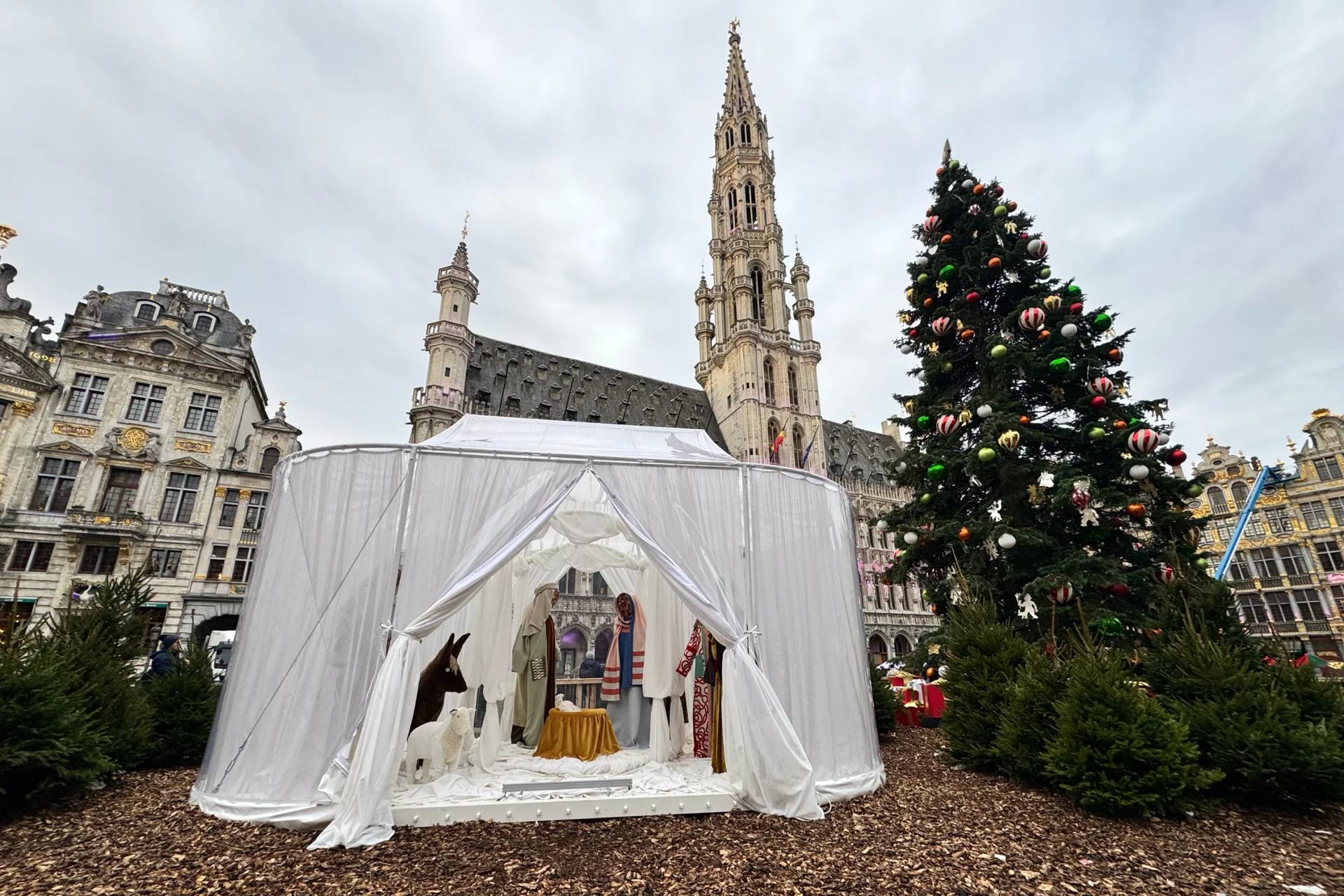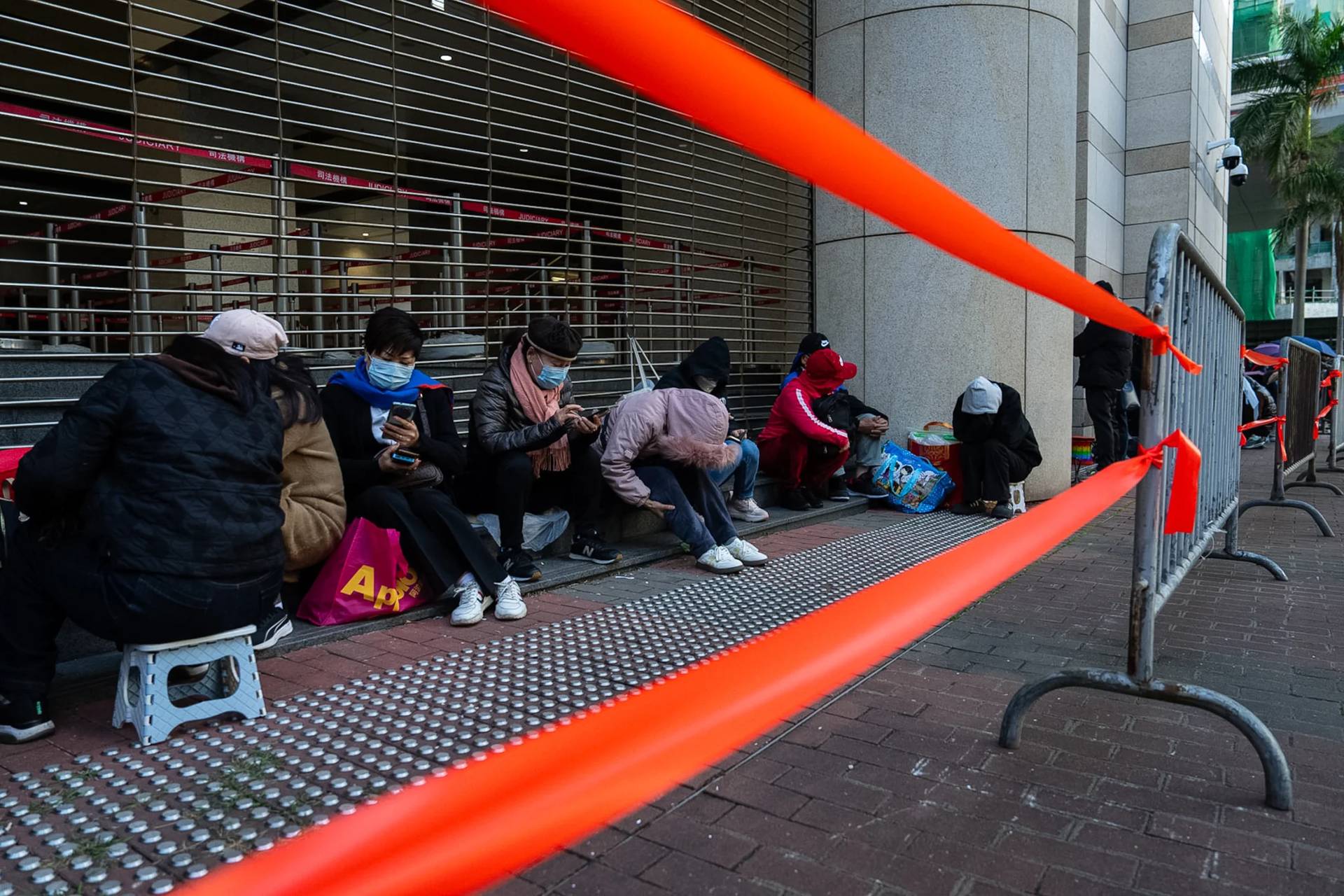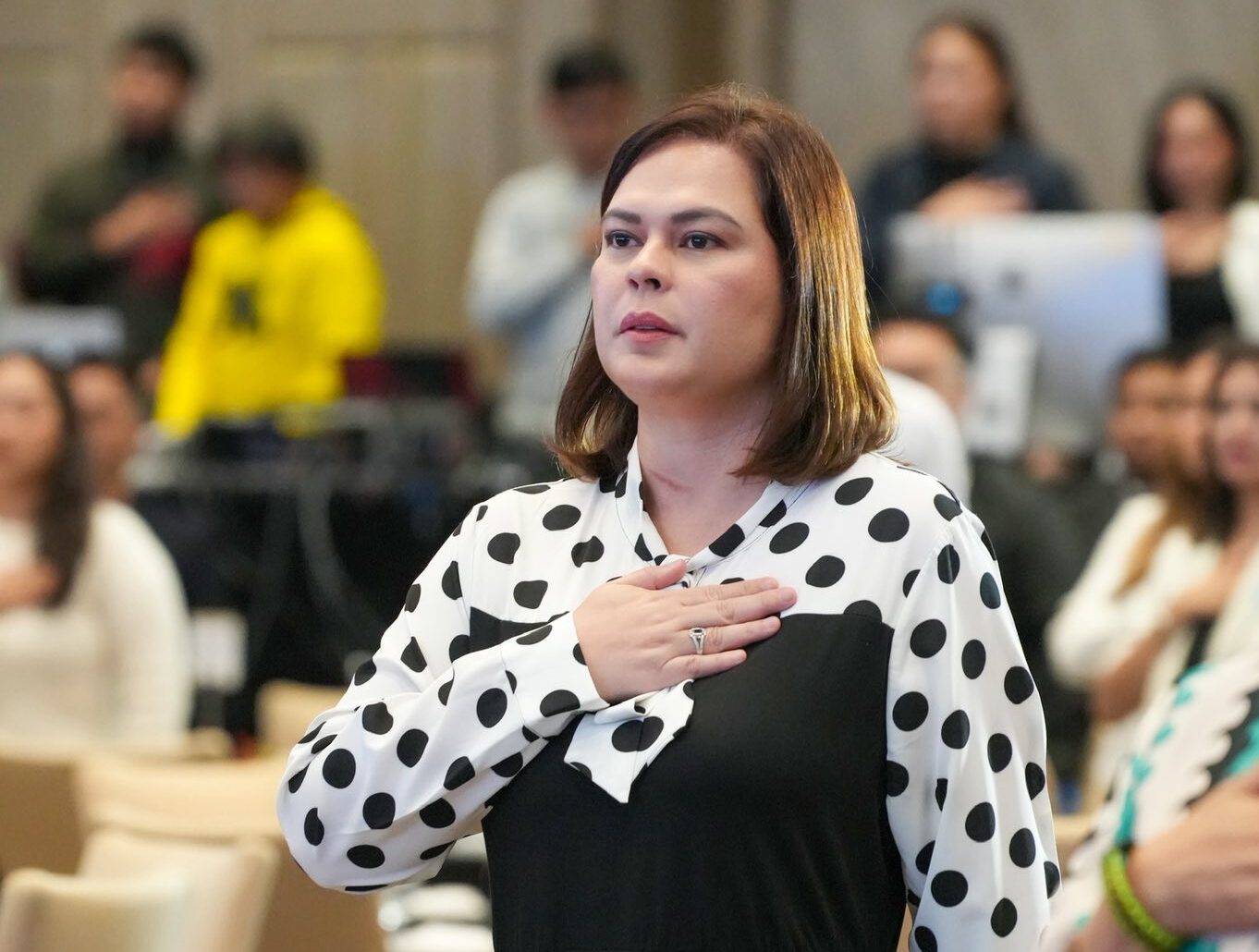ROME – When a new book exploring the relevance of Pope Francis’s environmental manifesto Laudato si on urban areas was presented in Rome on Wednesday, there was a curious detail: A 2017 conference in Rio de Janeiro upon which the book is based was sponsored by an outfit called the “Antoni Gaudí Foundation for Big Cities.”
The fact Gaudí is being linked to a project on city life is hardly surprising: Anyone who’s ever been to Barcelona knows him as the architect of Barcelona’s iconic Sagrada Familia basilica, which helps define the urban landscape.
A landmark identifiable from almost anywhere in the city, the basilica “harmonizes a lot with the big city of Barcelona,” said Cardinal Lluis Martínez Sistach, a former Archbishop of Barcelona. If the church weren’t there, he said, “something important would be missing.”
Originally built in the center of Barcelona because it was cheaper than other areas, the Sagrada Familia is nearly the same distance from the mountains, the sea and from Barcelona’s two rivers.
“It’s the geographical center of the city,” Martínez Sistach said, explaining that right now the largest of the basilica’s towers is being built, which will have a large cross on top with lights coming out from each of the four arms so as to “illuminate the whole city of Barcelona, symbolically.”
Having such a masterpiece in the heart of a big city is a way to convey “transcendence” to visitors and locals alike, he said.
Yet Gaudí’s renown as an architect doesn’t quite explain the connection to Laudato si’. What does, according to Martínez Sistach, is that Gaudí was also a man whose work embodies Francis’s ecological spirit, as his designs often include references to nature such as animals and trees.
Martínez Sistach told Crux that Gaudí, a devout Catholic who lived in Spain from 1852-1926, “saw God as creator of the universe, and as an artist he was also a creator, he participated in the creative work of God.”
Martínez Sistach spoke at the Jan. 30 presentation of his book, Laudato Si and Big Cities, which is based on discussions during the June 2017 conference.
This dynamic of seeing himself as a collaborator in God’s work of creation was present throughout Gaudí’s life, Martínez Sistach said, adding that the architect saw his work as a collaboration with God “in beauty, in architecture, in artistic creation.”
Gaudí “was very ecological, he was very ‘Franciscan,’” he said, referring to St. Francis of Assisi, whose popular “Canticle of the Sun”, which praises God through elements of creation like Brother Sun, Sister Moon, and “our sister Mother Earth,” was the inspiration for Laudato Si, meaning “Praise be to You” – a line often repeated in the prayer.
By far the architect’s most celebrated work, the Sagrada Familia is literally covered in references to nature – from the leaves adorning the enormous spires, to the animals and birds that decorate the basilica’s façade, and to the trunk-like beams holding the basilica up on the inside.
According to Martínez Sistach, while working in his office as a young man, Gaudí would often gaze at a tree that stood just outside of his window, saying, “This is my teacher.”
When Pope emeritus Benedict XVI consecrated the church as a basilica in November 2010, he said Gaudí had three “books” that guided his work: “the book of nature, the book of the Bible and the book of the liturgy.”
Born in Spain’s autonomous Catalonia region in 1852, Gaudí was given the colloquial title of “God’s architect” after his death due to his deep faith, the references to religious symbolism in his work and his impressive Sagrada Familia, which is still under construction.
He was raised as a pious Catholic and is among Spain’s most renowned post-modern architects, with many of his other designs also containing various references to nature.
Work on the Sagrada Familia itself began in 1883, and in 1914 Gaudí dropped all other projects in order to dedicate himself exclusively to the masterpiece. The basilica was his sole focus until his death in 1926, and over the years it has been credited with several conversions to Catholicism.
Currently still under construction, the basilica is expected to be completed by 2026 for the centenary anniversary of Gaudí’s death if not before.
Speaking of the basilica, Martínez Sistach said Gaudí made “a big church for a big city.”
“You see it from all over Barcelona, it’s unique in all of Barcelona, it’s an icon of Barcelona, it’s a religious icon, it’s an icon of transcendence,” he said, noting how many people today go through life without thinking about God or allowing him to have space in their lives.
What Gaudí’s work does, he said, is break through the ambivalence with beauty, and “beauty leads to God.”
Noting how some 4.5 million people visit the Sagrada Familia each year, Martínez Sistach said many, both believers and non-believers, leave thinking about life and God more seriously than they did when they went in.
“It’s a path that leads to God, to the transcendent, it’s a means of evangelization,” he said.
There is currently a process underway for Gaudí’s canonization in the Vatican’s Congregation for the Causes of Saints. Overseen by the Association for the Beatification of Antoni Gaudí, originally launched as a small group of laymen with a modest budget, the cause was officially opened in 2003.
According to Martínez Sistach, all the documentation has been presented to Rome and is being examined. He said one case of a potential miracle related to Gaudí’s intercession had been proposed but was dismissed, and they’re waiting for other potential miracles to be presented.















